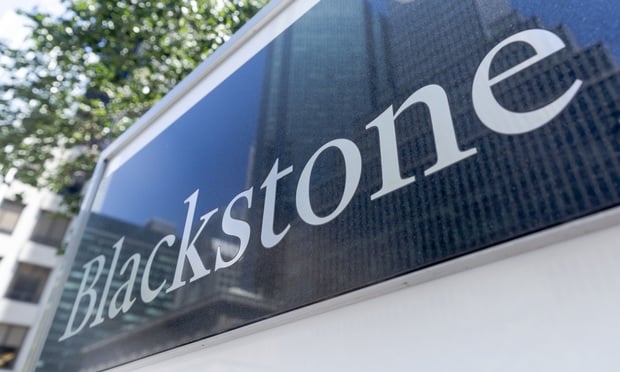 Camille Ames, workplace strategist at Vocon
Camille Ames, workplace strategist at Vocon
Some version of “the office” has existed since the Middle Ages. Individuals have been leaving their homes and traveling to a different workspace for the better part of a millennia, but most point to the early 20th century as the beginning of the office space we now recognize. The theory behind the traditional office format considered time management and the division of labor, and office design developed into an open plan bullpen space to maximize productivity.
The widely reviled office cubicle, created by designer Robert Propst in 1968, was a turning point in office design. His cubicle designs, which were adjustable and intended to be designed around the needs of the office, were developed in response to Europe's growing trend of the open office plan. The Action Office was originally designed as a way to free office workers from the dreaded open office, but instead it led to the beginning of the “cube farm.” The design, when configured into a box with raised panel heights, was a cheap way to pack as many employees as possible into a small space.
Recommended For You
Want to continue reading?
Become a Free ALM Digital Reader.
Once you are an ALM Digital Member, you’ll receive:
- Breaking commercial real estate news and analysis, on-site and via our newsletters and custom alerts
- Educational webcasts, white papers, and ebooks from industry thought leaders
- Critical coverage of the property casualty insurance and financial advisory markets on our other ALM sites, PropertyCasualty360 and ThinkAdvisor
Already have an account? Sign In Now
*May exclude premium content© 2025 ALM Global, LLC, All Rights Reserved. Request academic re-use from www.copyright.com. All other uses, submit a request to [email protected]. For more information visit Asset & Logo Licensing.








